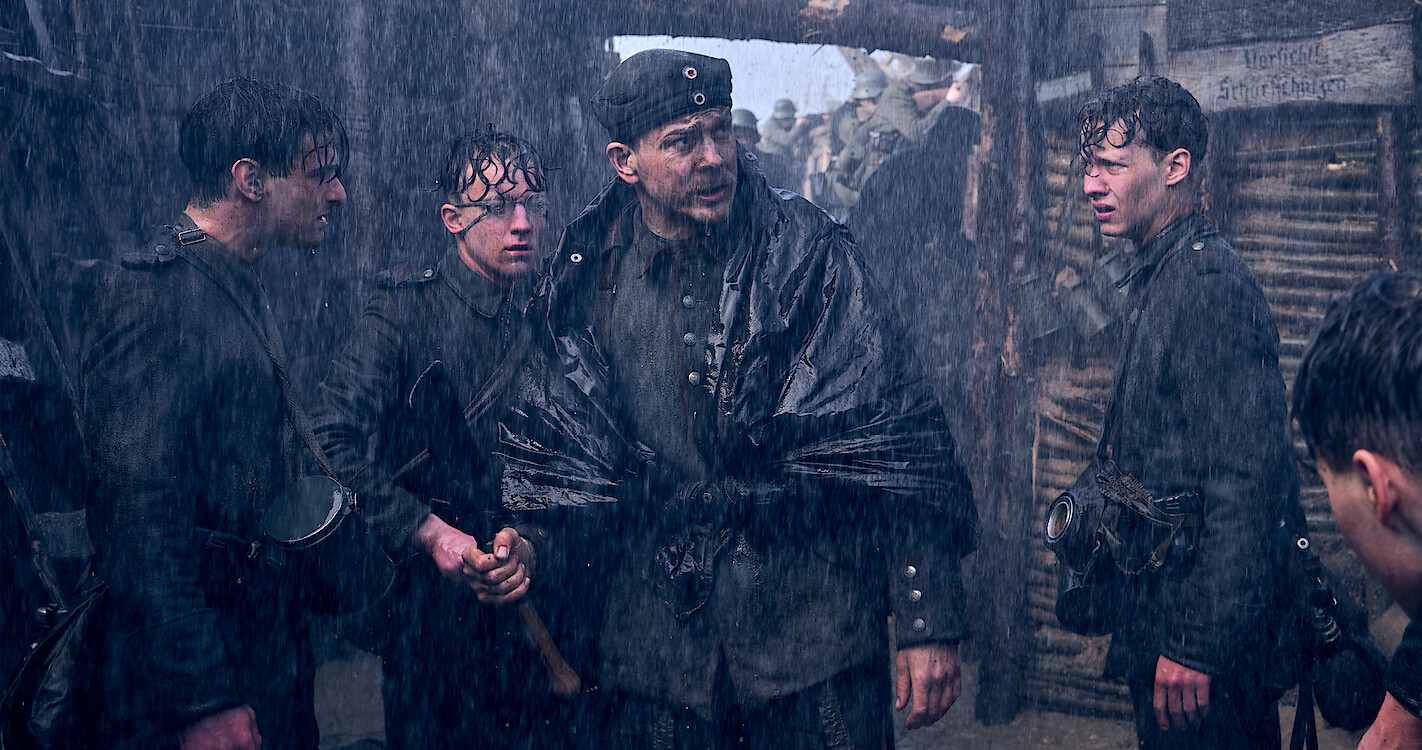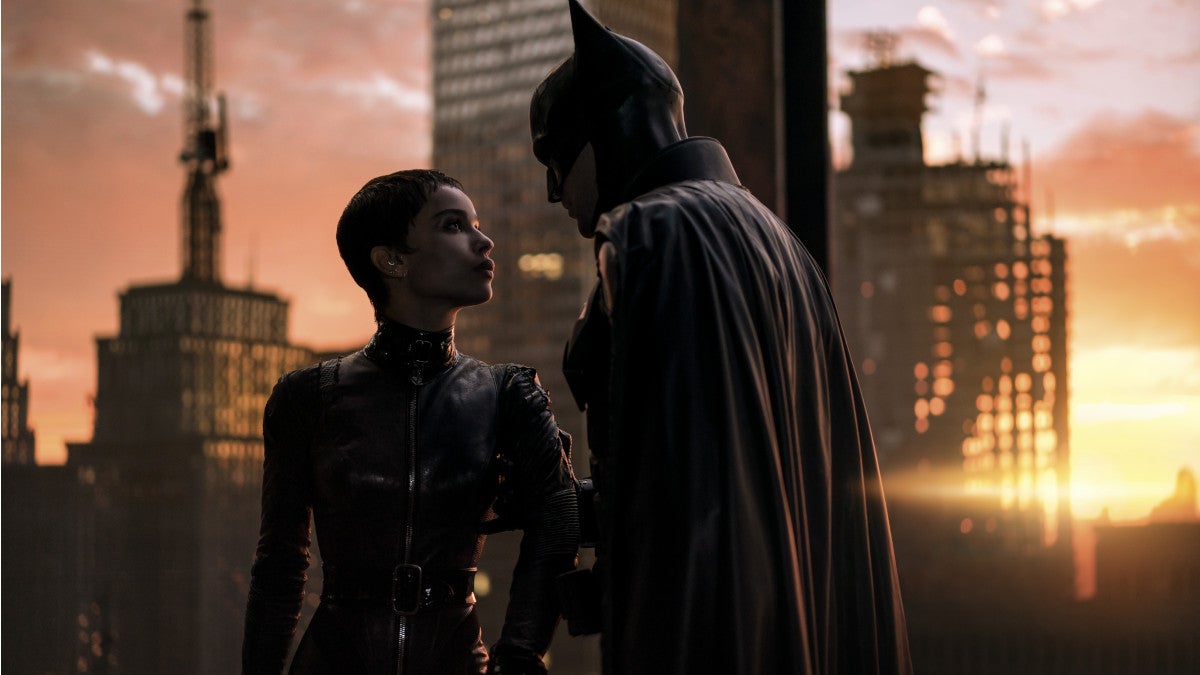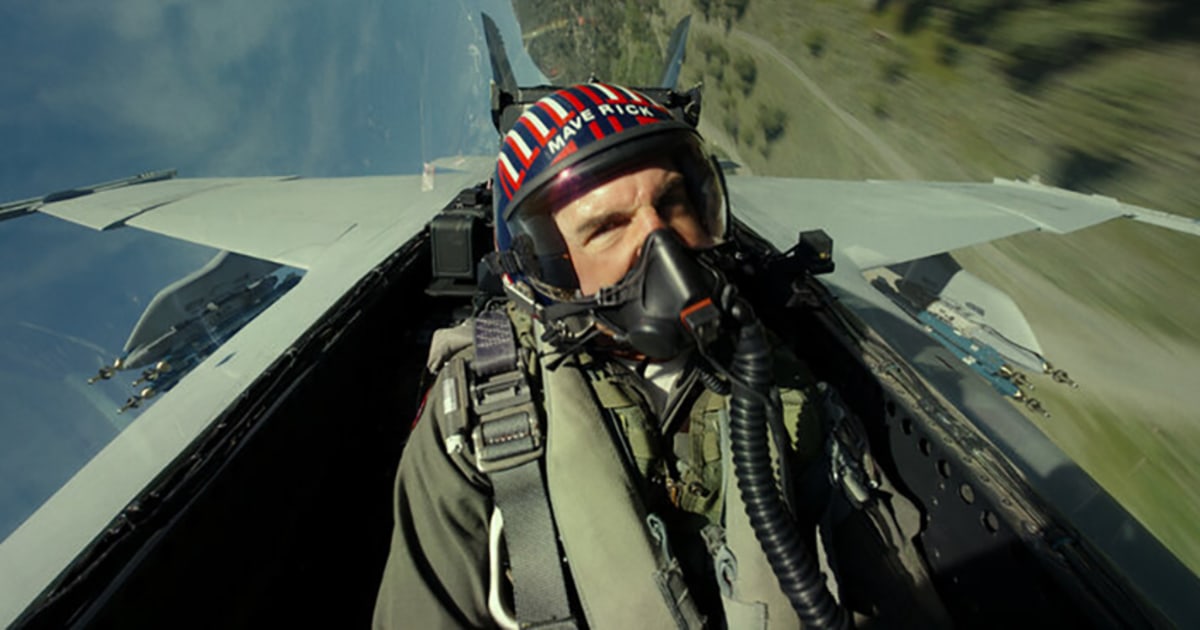The Academy Awards are airing live on March 12, and for the first time, I have set out to break down every nominee in every category in order to assess, as accurately as I can, who and what has the best chance of winning. Today I will be discussing the nominees for Best Production Design and Best Sound!
All Quiet on the Western Front
Best Production Design & Best Sound
Nearly everything nominated for Best Production Design this year is a period piece, which requires a definite skill in bringing everything to life, something that the All Quiet team excels in. The sound gets progressively louder, and bolder, as the weight of the characters’ situation sets in — after all, this is war; it isn’t pretty nor calm, and the sound sets out to hammer that home in a brutal and merciless fashion; whether it’s artillery falling, comrades shouting, or auditory death and destruction, there’s no break from the carnage.
Avatar: The Way of Water
Best Production Design & Best Sound
An alien planet such as Pandora takes several villages to bring it from concept to screen, and the visual factor is paramount, beyond even the effects. In Avatar’s case, inspiration can be taken from our world, especially in the depictions of the new Na’vi cultures that will have major roles going forward in the future of this franchise. The auditory elements are also incredibly important, as this is an entirely fictional world — every sound we hear is engineered, especially considering that the world is built from the ground up from scratch.
Read my review of Avatar: The Way of Water here.
Elvis
Best Production Design & Best Sound
As ostentatious as it is, Elvis is heavily reliant on music, meaning that its sound design and mixing (which, as you may recall, were separate awards categories until very recently) must be top-notch. Additionally, at risk of sounding like a broken record, it’s a period piece, spanning several years in the King’s career, depicting the changing of the times in a very Luhrmann-ish way: with respect and reverence, but in a unique manner you would not see anywhere else.
Read my review of Elvis here.
Babylon
Best Production Design
Different but similar to Baz Luhrmann’s Elvis is Damien Chazelle’s Babylon — a spectacularly wild time in American history, in which everything was possible, especially if you were in a position like many of the film’s central characters are. Old Hollywood is oft-described as a magical place, but Babylon strives to show all its facets through the perspectives of its six main characters, leaving plenty of time within its three-hour runtime for one set piece after another, whether it be grand or small, all localized within the sad stories of longing and regret.
The Fabelmans
Best Production Design
Spielberg does what most cannot and recreated his childhood in The Fabelmans, arguably one of the most expensive filmed therapy sessions in history. In addition to being such a personal story, it’s also a period piece, taking place mostly in the 1950s and ’60s, and it’s nothing short of spotless. Immersion is the key factor when it comes to period pieces, and The Fabelmans does the job better than most.
The Batman
Best Sound
Who didn’t shudder from anticipation in the theater when the Batmobile engines began to rev, or from fear when the Riddler ripped open his tape as he stood over his first victim? Good sound can make or break a film, and The Batman does it exceptionally well, contributing spectacularly to the immersion factor in one of the best superhero films in years.
Read my review of The Batman here.
Top Gun: Maverick
Best Sound
The roar of the jet engines is oftentimes overwhelming, but it’s very consistent throughout Top Gun: Maverick, with the real-world audio mixed very well with the foley added later on. I may not have been blown away by the film as a whole, but it’s an undeniably masterful technical achievement.
Production Design
What Will Win: All Quiet on the Western Front
What Should Win: Babylon
Sound
What Will Win: Top Gun: Maverick
What Should Win: All Quiet on the Western Front








One of the races that seem to be defined in these Oscars is Best Production Design, however, we cannot rule out a surprise, as the favorite was not exactly loved by the Academy. Be that as it may, the fight for the statuette is between the Martins.
ReplyDeleteIn "Babylon," Carlino and Martin (Florence) did a superb job bringing to life the Hollywood of the 1920s and its evolution over the following years. From the lavish mansion where the third act orgy takes place to the dingy underbelly of Los Angeles, the production design was key in the development of Chazelle's story, as well as in the visual representation of the personalities and dreams of its main characters.
Damien Chazelle's film won the crucial ADG in the Epoch category: nine of the last 10 Best Production Design Oscar winners first scored a win at these awards. In addition, "Babylon" also won the all-important BAFTA.
But Florencia Martin and Carlino can't claim victory because "Babylon" was not to the Academy's liking (Surprise! They couldn't take the criticism) and they are up against popular two-time Oscar winner Catherine Martin (also nominated this year for Costume Design) who spearheaded the recreation of historic locations in "Elvis," ranging from Elvis' Graceland mansion to the infamous International Hotel in Las Vegas where The King spent his final years.
The Academy's love for "Elvis" and Catherine cannot be understated. Moreover, in the last 12 years, only two films have won this Oscar without being nominated for Best Picture: "Alice in Wonderland" and "The Great Gatsby" which, interestingly, went to Catherine Martin herself.
It's a shame that so little is said about Rick Carter's production design on "The Fabelmans," as it's a much more complex job than it appears. It is through the arrangement of the spaces of the numerous houses where Sammy lives that the film subtly and intelligently communicates the psychological state of its characters.
As in other technical categories, "All Quiet on the Western Front" is something of an unknown because, being non-English speaking, it is difficult to gauge the extent of its popularity. However, its loss at the BAFTAs is a sign of its weakness in the category. But credit must be given to Goldbeck, who designed the maze-like trenches to create claustrophobia and terror.
The last nominee in this category totally baffles me. "The Way of Water" like its 2009 original (the chutzpah that would have won here) are practically VFX work. Nearly 90 percent of what you see on screen is the work and grace of Weta Effects' talented team of digital engineers, hence its natural niche is the visual effects category.
In short, it's unwise to bet against Catherine Martin and a film as popular as "Elvis," but the artistic magnitude we see in "Babylon" is undeniable. Plus, the math is in her favor: the ADG and BAFTA are very strong indicators.
Awards paradox: a German anti-war film is up against an American war film for the 2023 Oscar for Sound.
ReplyDelete"Top Gun: Maverick" won the MPSE and CAS (making it the de facto favorite in the category), where it beat its two strongest rivals in this race: "All Quiet" and "Elvis". Those who saw "Top Gun: Maverick" at the cinema will agree that its sound is absolutely spectacular. But in addition to the roar of the military jets, the sound of aerobatics and the amazing action scenes of the third act, the sound design focused on the experience of the pilot characters inside the cockpit, elements such as breathing and the movement of their controls helped to create an atmosphere as intimate as it was exciting.
The big rival to Tom Cruise's blockbuster sequel is Netflix's "All Quiet on the Western Front," a German anti-war film whose sound mixing and editing team created a realistic and immersive battlefield where every bullet, explosion or even silence is used to emphasize the horror of war. Unlike Maverick, which uses the sound of weapons of war to thrill and entertain (and recruit people), Edward Berger's powerful film is dedicated to showing us the nightmare a person goes through in the midst of war. "All Quiet" won the BAFTA and MPSE in the foreign category, and is the strong rival to "Top Gun: Maverick."
"Elvis" won the MPSE in the musical category and was nominated for the CAS and BAFTA. It would also be a worthy winner, as the sound team managed to combine Austin Butler's singing with actual singing from recordings of Elvis Presley. In addition to using a combination of live and playback recording, the sound crew used restored vintage microphones from each era of the film in Butler's performances: they captured every grunt, breath and vocal arrangement of the young actor for the most authentic experience possible.
"The Batman" was no slouch in the sound department. The team didn't want the film to sound like just any superhero movie, but to have a lumpy quality to it, a factor that is most noticeable in the subway fight scene. If you saw it in the theater, the overwhelming sound of the chase scene between The Penguin and the Batmobile probably blew your mind; the artists recorded sounds in the desert with a 1972 Bronco, and focused on exacerbating its gritty qualities.
In "The Way of Water," James Cameron's sound team created an entire soundscape of jungles and underwater life, which included the use of a novel speaker system capable of performing sound design during motion capture sessions in the jungle and water.
Ultimately, "All Quiet on the Western Front" will have the support of British and perhaps European voters, but its downside is that most people saw the film at home and therefore did not feel the full power of its sound design. Case in point is "Top Gun: Maverick," which earned nearly $1.5 billion at the worldwide box office, and $718 million domestically. It's very likely that most voters saw it in theaters and felt the power of those jets.
Also, the way the race is going, all indications are that Best Sound is the only category that "Top Gun: Maverick" can realistically win, and the Academy won't want it to come up empty-handed, unless we have some surprises in the gold distribution on the night of March 12.